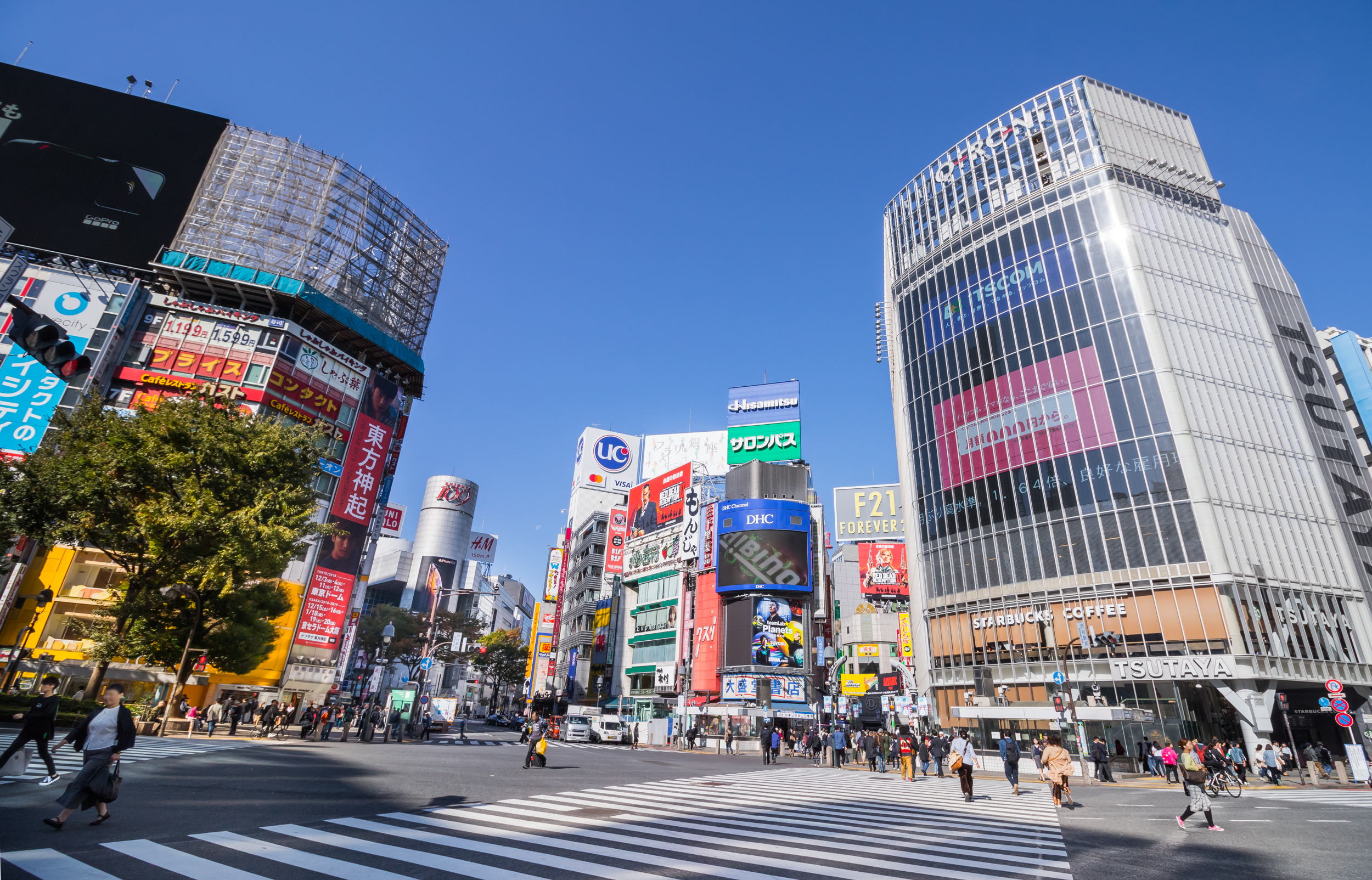⏳🪄🤔
👨💻 Who am I
- Shutaro Aoyama
- Freshman at Columbia University
- School of Engineering and Applied Science
- Bluemo (@blu3mo) / Twitter
- Interest: I aim to make absolute things relative by engineering interactions between humans and the environment
- This involves relativizing reality, time, space, gender, and more.
📕 What is “Virtual Time”?
- Analogy: Virtual Reality but for Time, not Space
- 🗺 Physical Space vs Virtual Space
- 🕑 Physical Time vs Virtual Time
- (making physical time relative)
- 🗺 Physical Space vs Virtual Space
- Definition:
- Definition of Virtual Reality:
-
An experience that may seem different from reality on the surface but has virtually the same effect as reality (Hirose, 2019)
-
- Therefore, the definition of Virtual Time:
-
The experience of “time” that may seem different from real time on the surface but has virtually the same effect as time.
-
- Definition of Virtual Reality:
🛠 How is it possible?
- i.e. How can we recreate the virtual effect of time?
- Virtual Space:
- Perception of space: Internal Sense of Space + External Stimuli
- External Stimuli: Sight, Sound, Haptics, etc
- Creating the experience of moving in virtual space through artificial stimuli
- Virtual Space allows for more freedom
- Such as flying, warping, non-Euclidean space, etc.
- Perception of space: Internal Sense of Space + External Stimuli
- Virtual Time:
- Perception of time: Internal Sense + External Stimuli
- External Stimuli: Sense of synchronization with other changing elements (clocks, people, etc)
- (hypothesis)
- External Stimuli: Sense of synchronization with other changing elements (clocks, people, etc)
- Creating the experience of moving in virtual time through artificial stimuli
- Virtual Time offers more freedom
- Such as speed manipulation, warping, looping, etc.
- Perception of time: Internal Sense + External Stimuli
🤔 What I want to do with this concept
- Rather than imposing virtual reality/time, I aim to offer an alternative choice of reality/time.
⚗️ Applications
- 
- Interactive lecture video streaming platform
- Overlaying student-generated content on lecture videos
- Goal: Combining the benefits of real-time and on-demand lectures
- Real-time lectures allow interactive communication among students
- On-demand lectures provide time control
- Method: Using virtual time through artificial stimuli
- Providing a pseudo sense of synchronization with other students interacting during lectures
- Adjusting playback speed discreetly within the range of 0.9~1.2x
- Synchronizing unsynchronized students
- 
- 
- Issue with current voice communication: Only one thread available
- Difficult to have multiple branches of discussion
- Applying ==Elastic Sync== to create multithreaded voice communication, where participants eventually receive content from every thread

